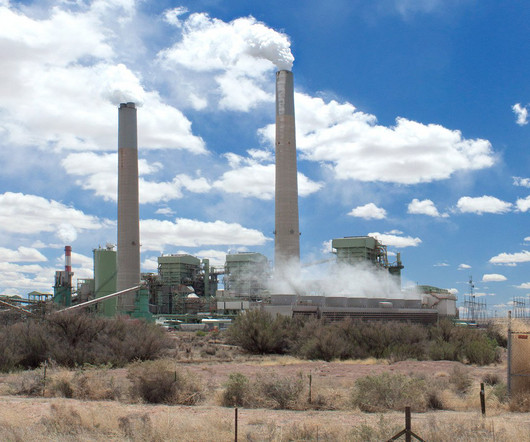Good News—and Bad—about Fossil Fuel Power Plants in 2023
Union of Concerned Scientists
MARCH 23, 2023
And fossil fuel power plants may not stick to their retirement schedules for a variety of reasons. In 2021 alone, the plants slated for retirement emitted more than 28,000 tonnes of nitrogen oxides (NO x ), 32,000 tonnes of sulfur dioxide (SO 2 ), and 51 million tonnes of carbon dioxide (CO 2 ), according to EIA data.































Let's personalize your content